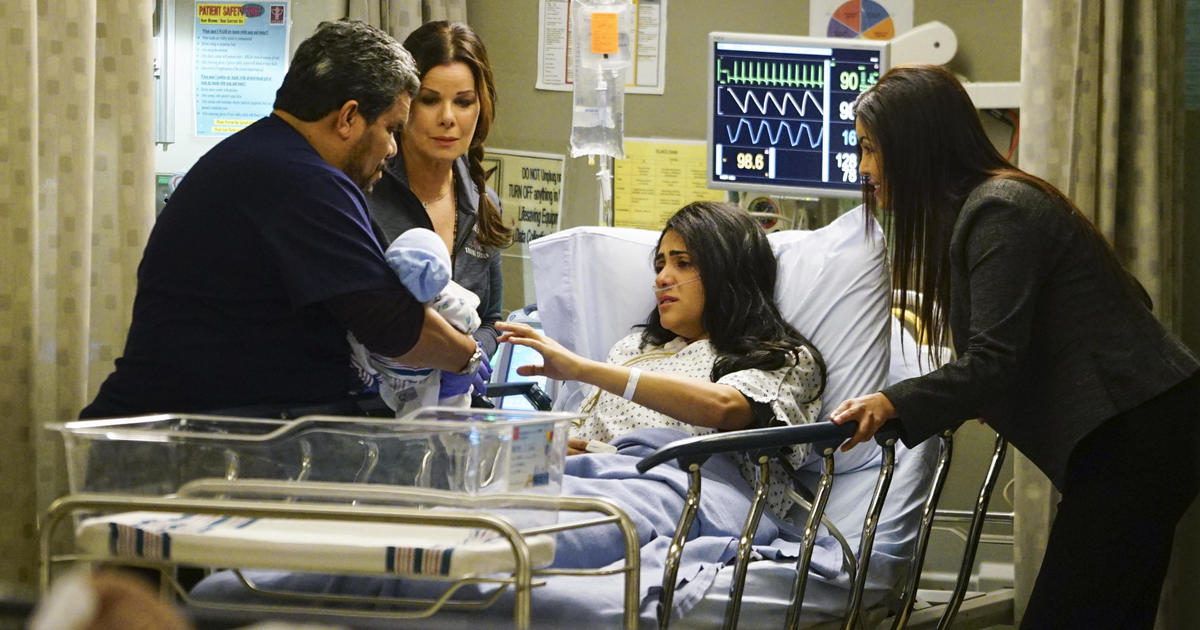New Topical Cream Helps To Reduce Rosacea Symptoms
PITTSBURGH (KDKA) – If you are embarrassed by your skin, there's a new, easy treatment that could give you clearer skin immediately.
Sue Glinka had just returned from Florida when her symptoms flared up.
"Mainly on my forehead and through the center part of my nose. That I first started noticing the redness," she said. "Then, my face started to break out."
She thought the redness was related to hormones. She tried mild soaps and creams, but it wasn't getting any better, so she saw the dermatologist.
"Sue had a number of small white pustules, or pus bumps in the skin," says Dr. Brian Horvath of Horvath Dermatology.
He diagnosed her with rosacea, which can show up in a variety of ways, including redness, pustules, an enlarged nose, and grittiness in the eyes.
"Rosacea is most common in adults over the age of 30, increases with age. Women get it much more frequently than men and it really almost always appears in fair-skinned individuals," says Dr. Horvath. "Very likely the sunlight triggered her rosacea."
He prescribed a new topical treatment called soolantra.
In pill form, it's an anti-parasitic medicine used to treat worms and scabies.
"Topical form it does kill mites that might be living in your skin, but also an anti-inflammatory effect," says Dr. Horvath.
The inflammation is thought to be due to a problem with skin barrier function and excess sensitivity, but no one knows why rosacea happens. There's a rough correlation with microscopic mites called demodex, which live in the oily parts of the face -- the forehead, cheeks, and outer ears.
"Many people who have demodex do not have rosacea, and many people with rosacea do not have demodex. So, the relationship between demodex and rosacea is not clear," Dr. Horvath says.
In studies, once a day soolantra performed better than the standard treatment -- twice a day metronidazole.
The medication can be covered with makeup, or moisturizers, or other cosmetics. About two percent feel some burning with the cream. About one percent has itching.
"A few people have had some worsening redness for the first one or two weeks we start it, which really seems to improve over two weeks," says Dr. Horvath.
"My husband noticed right away that it wasn't as bad. My face was not breaking out like it was," Sue says. "Within two weeks I started to notice a difference. And most of the blemishes have gone away."
Luckily, her insurance covered it. Otherwise, it would cost $300 a tube.
Even with coverage, the copay can be $70 to $100, though drug company coupons can bring it down to $25.
For Sue, this is the first medication she has tried for the condition.
"I really feel like it has really helped me," she says.
Other things you can do to reduce your rosacea flare-ups:
Don't use cleansers containing soap. Dr. Horvath says that Aveeno and Cetaphil have products along those lines.
Don't use cosmetics or products containing irritants, like alcohol, camphor, menthol, eucalyptus, or witch hazel.
Avoid sunlight, but if you have to go out, use sunscreen containing titanium dioxide or zinc oxide.
Join The Conversation On The KDKA Facebook Page
Stay Up To Date, Follow KDKA On Twitter



